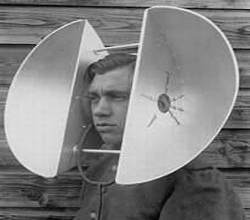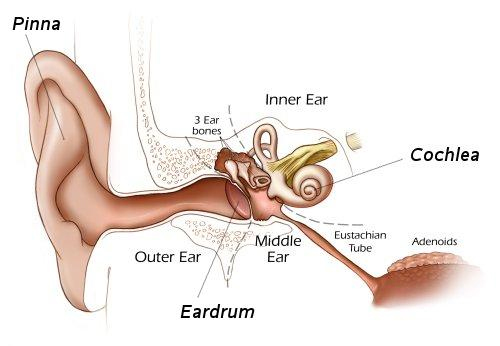One of life’s more interesting mysteries is how sound ends up as an electrical signal in the brain.
Some quality research on the subject has been performed over the last several years, and it’s a bit less of a mystery than before.
The central issue is what’s called the “moment of truth” reaction, the actual point in where mechanical turns into electrical energy, much the same how those magnets and coils do the same within our microphones, our own moment of truth.
Hopefully once the mechanism is completely understood we’ll know more about curing loud noise exposure and its related effects, which may be of interest to this audience in particular.
Perhaps a little refresher is in order. Like any audio system, the tricky part of our auditory system is not the electronics, but the transducers. Just as your microphones and loudspeakers will (generally speaking) determine the quality of your sound system, the activity in your cochlea determines your body’s sound system quality.
Let’s trace the entire auditory system as the air vibrates near your ear…
The outer ear and ear canal are called the pinna. These folded horns (that’s what they are) provide directional information and amplification in the ear canal much like anything you’d buy from JBL or Community, only in reverse.
Primary gain in the tube is between 3 kHz and 12 kHz, about what you’d expect a wavelength of less than an inch. So far not much of a mystery to anyone that’s every hung a loudspeaker and talked into the big part of the horn.
The next step in the process takes place in the middle ear, where air pressure is converted to fluid pressure, presumably both to speed up the process and shrink the overall size of the transducer mechanism.
Airborne vibrations impact the eardrum, which in turn actuate a mechanical lever system into action (one of the bones involved is actually called a hammer) essentially pounding on a fluid filled interface.
The mechanically vibrated fluid pounds against the inner ear (cochlea), consisting of three types of fluid bags, each with an internal divider. This is where the interesting stuff lays – the conversion of mechanical energy into electrical impulses! The little hair follicles at this separation barrier are where all the important action takes place.
The key question is how do the little hairs in our cochlea convert fluid vibration into electrical impulses? Our understanding of the process is still a bit murky, but the leading culprit right now is a protein named Protocadherin-15, which bonds to the hair tips we’ve seen in all those scanning electronic microphone photos over the years.
Stay with me here, it’s actually pretty interesting…
When the mechanotransduction process is set into motion, the coupled vibrations cause the bristly structures on top of the hair cells to bump up against the membrane and deflect.
There appears to be three levels of bristles stacked on top of each other (stadium seating?), something akin to a hair staircase in which the hairs are linearly connected together by threadlike links. As the bristles (or stereocilia) deflect, they allow potassium to rush in and generate an electrical signal.
So instead of using coils and magnets, we use chemical conversion.

















